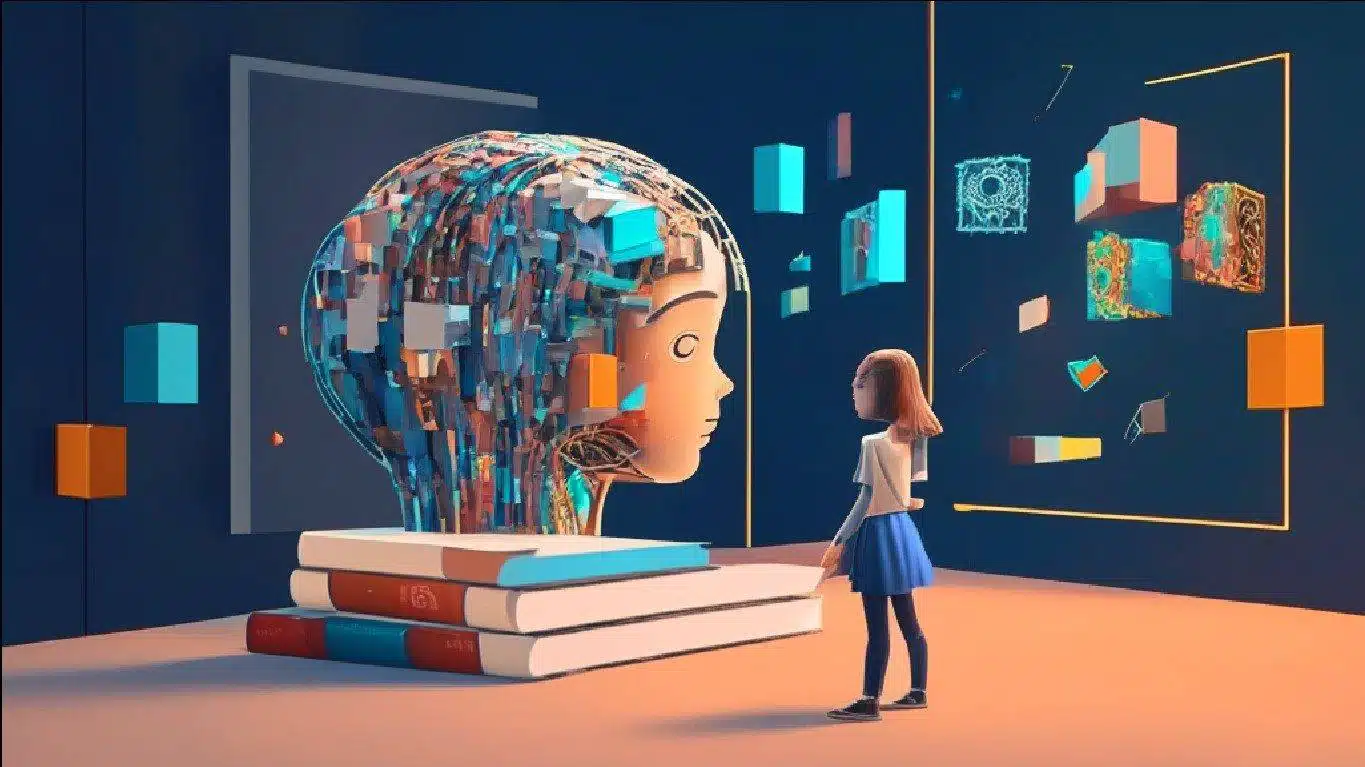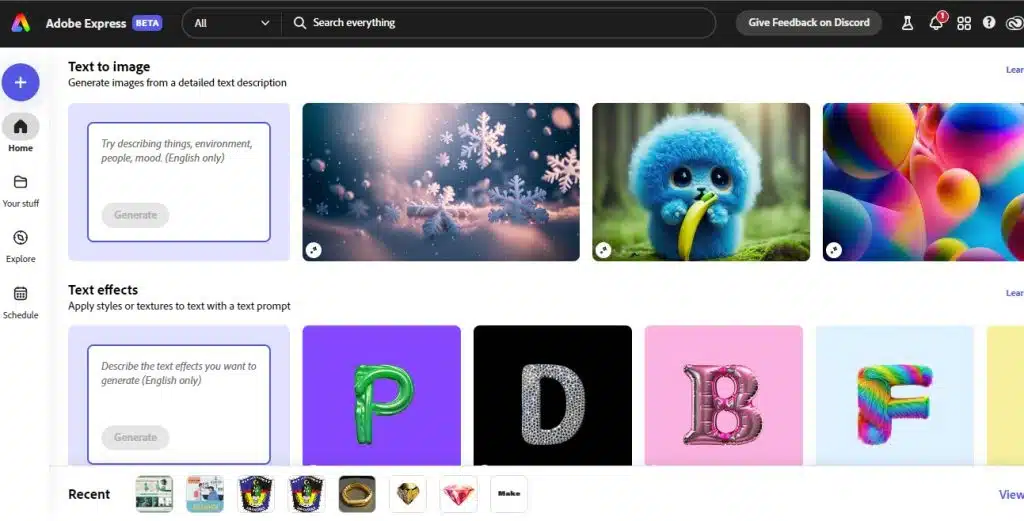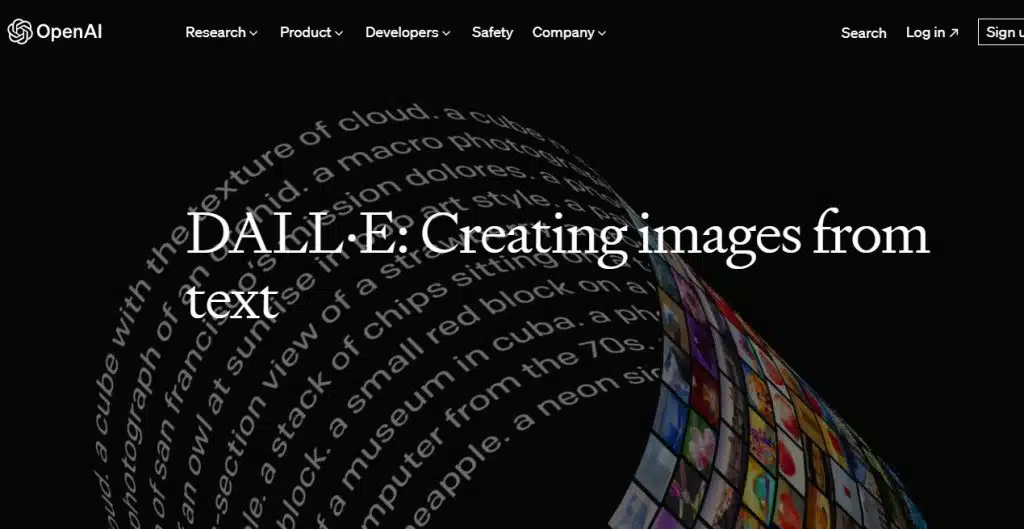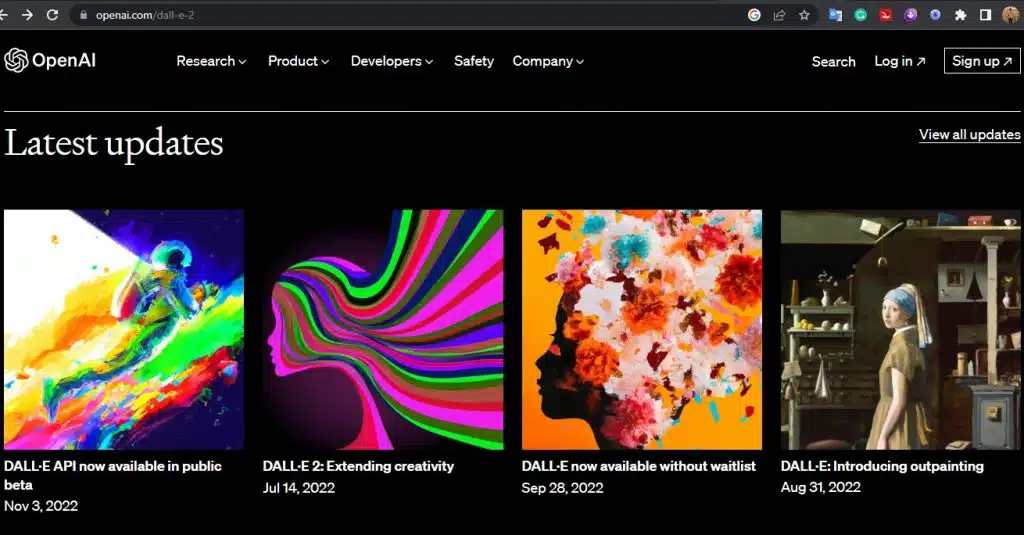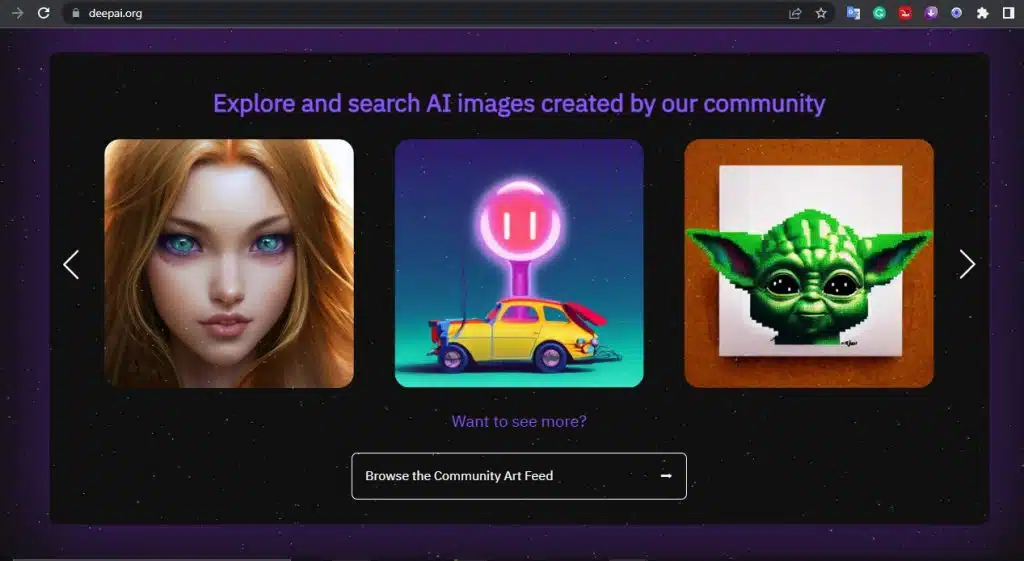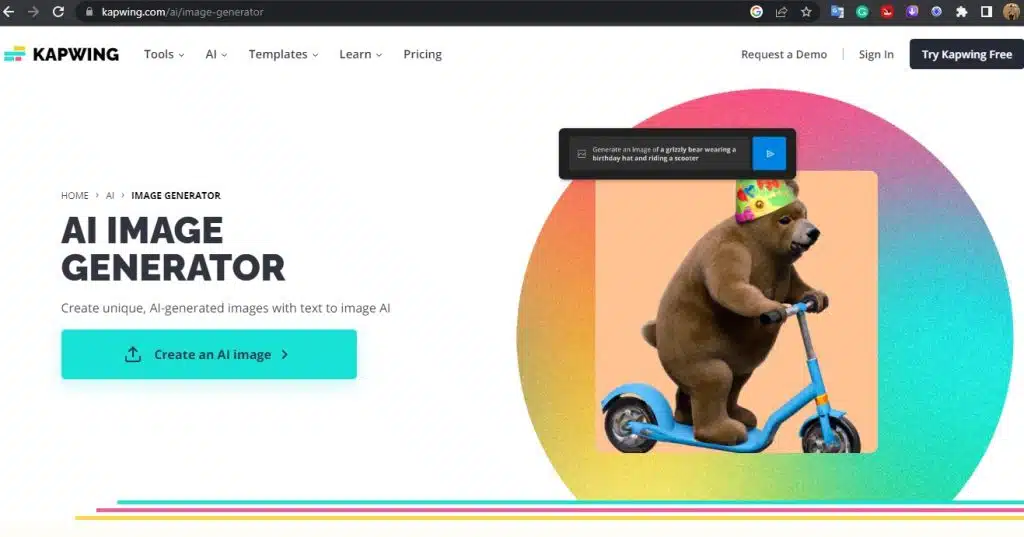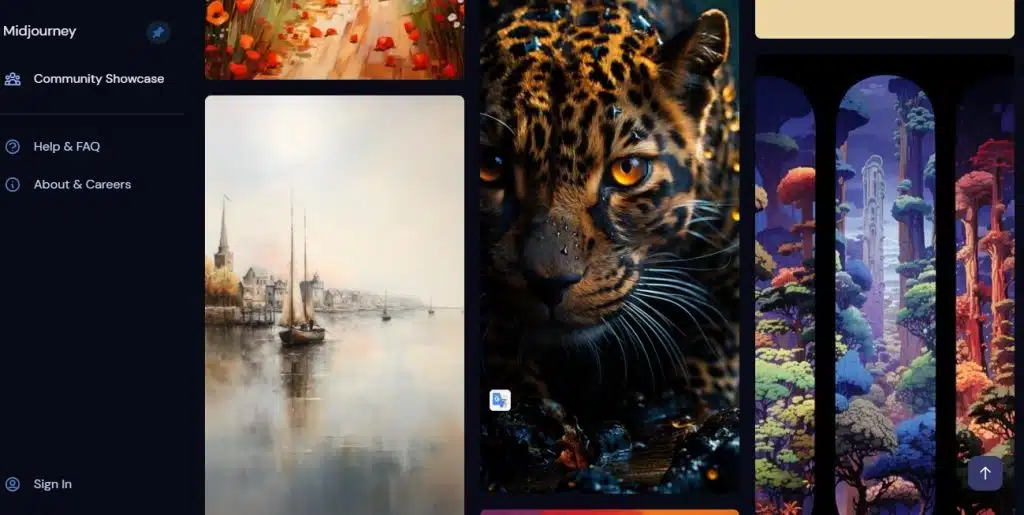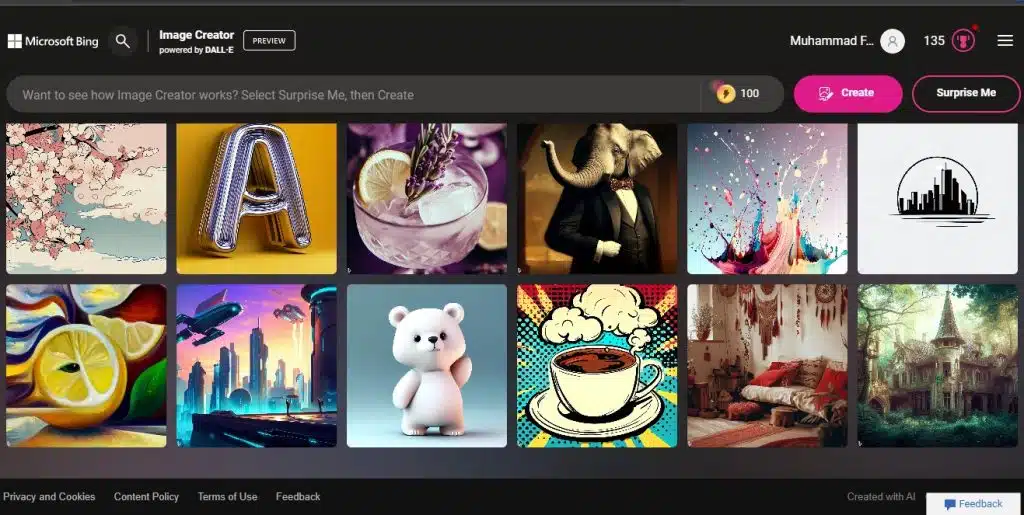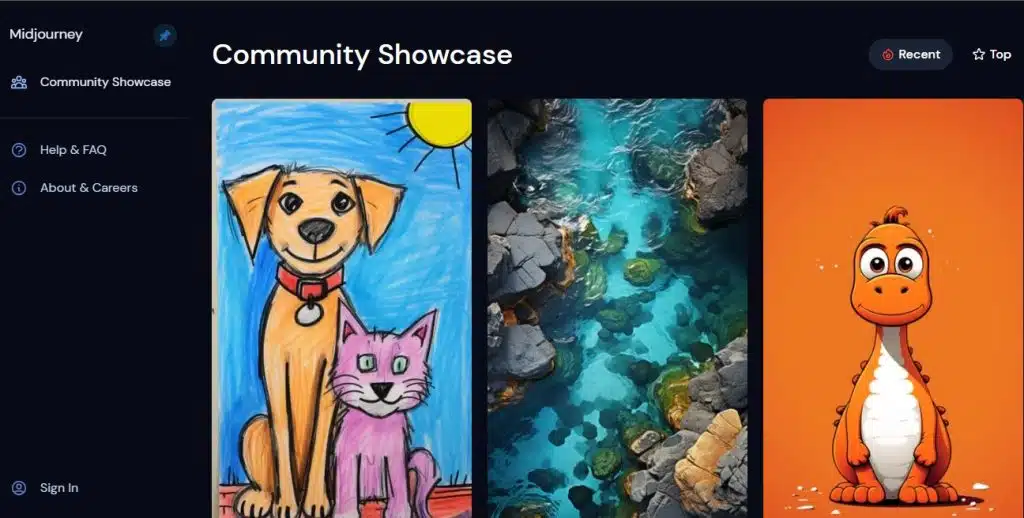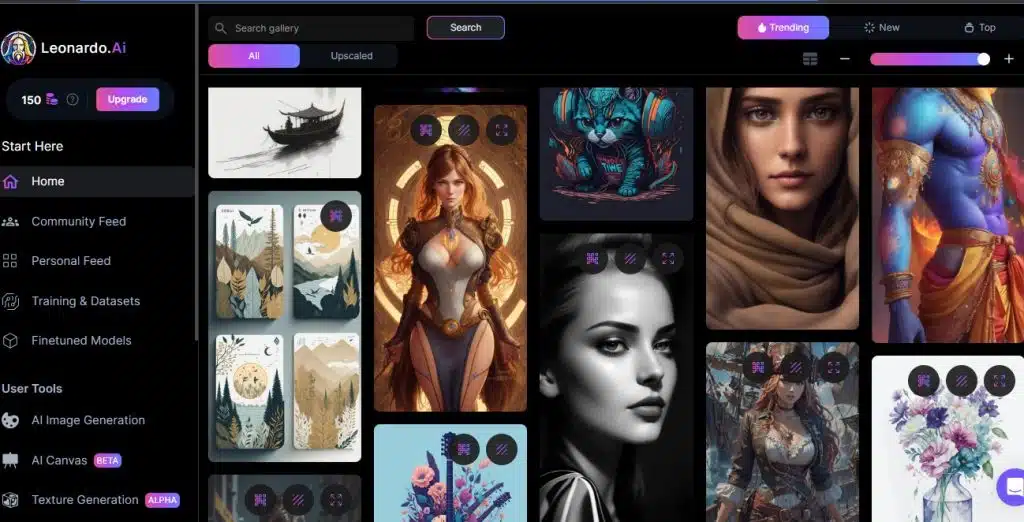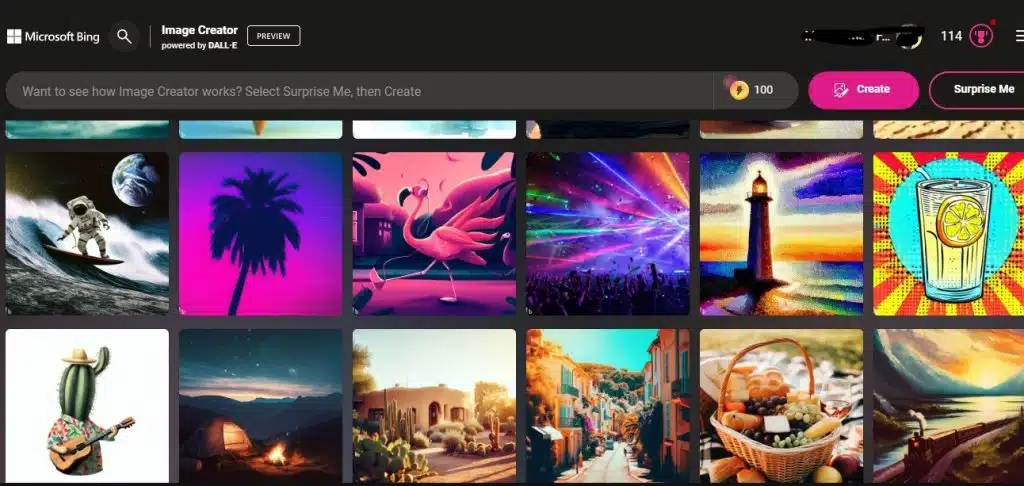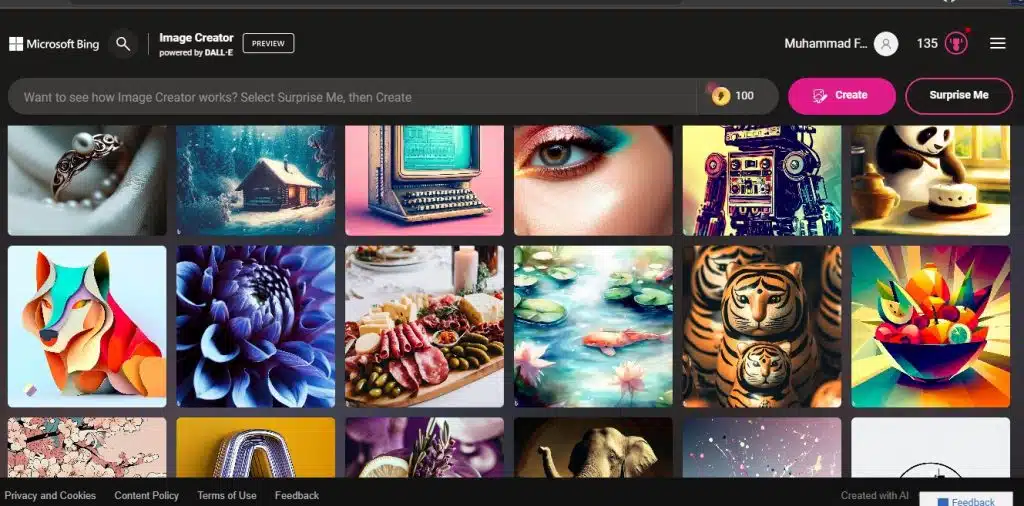How image generative AI can help with education and learning – Image generative AI is not only a powerful tool for education and learning, but also a fun and engaging way to explore and discover new things. By using image generative AI, students and teachers can enhance their learning outcomes, improve their skills, and enjoy their learning experiences. Image generative AI is transforming education and learning for the better, and opening up new possibilities for the future.
How image generative AI can help with education and learning
The integration of image generative AI in education and learning offers a multitude of benefits. Here are some ways in which this technology can be utilized:
Visualizing complex concepts:
Image generative AI enables students and educators to visualize abstract or intricate concepts with ease. Whether it’s historical events, scientific phenomena, or artistic styles, students can input descriptions or sketches and receive realistic images that aid in understanding. For instance, a student studying the French Revolution can obtain an image depicting the storming of the Bastille. This visual representation enhances comprehension and retention of information, while educators can utilize these visuals to provide clearer and more vivid explanations.
Fostering creativity and expression:
Image generative AI encourages creativity and facilitates the expression of thoughts and emotions. Students can input poems, stories, or ideas and receive corresponding images that capture the scene or mood. Likewise, educators can input feedback or comments and receive images reflecting the intended tone or emotion. This technology empowers students to develop their creative thinking and writing skills, while educators can deliver personalized and meaningful feedback.

Enhancing communication and collaboration:
Image generative AI promotes effective and efficient communication and collaboration among students and educators. Students can input questions or problems and obtain images of potential solutions or hints. Educators can input topics or themes and receive images of relevant resources or examples. This functionality streamlines the process of finding answers and solutions, enabling students to navigate their learning more easily. Furthermore, educators can design engaging lessons and activities by incorporating interactive images.
Promoting diversity and inclusion:
Image generative AI plays a crucial role in supporting diversity and inclusion within education. Students can input their identity or background and receive images representing their role models or heroes. Educators can input class or school profiles and obtain images reflecting the curriculum or culture. This technology fosters a sense of representation and empowerment among students, while enabling educators to create inclusive and respectful learning environments.
Promoting interdisciplinary learning:
Image generative AI can facilitate interdisciplinary learning by bridging the gap between different subjects. Students can input information from one subject and generate images that connect it to another. For example, a student studying literature can input a poem and receive an image that incorporates elements of visual art or music, encouraging a deeper exploration and understanding of the interplay between different disciplines. This interdisciplinary approach nurtures critical thinking skills and promotes a holistic understanding of knowledge.
Personalized learning experiences:
Image generative AI enables personalized learning experiences tailored to individual students’ needs and preferences. Students can input their interests or learning styles and receive images that resonate with their preferences, making the learning process more engaging and relevant. Educators can use this technology to create customized visual materials that cater to each student’s learning profile, fostering a personalized and inclusive learning environment.
Augmented reality (AR) integration:
Image generative AI can be integrated with augmented reality technology to create immersive learning experiences. Students can use AR devices or applications to overlay generated images onto their real-world surroundings, bringing abstract concepts to life. For instance, students studying astronomy can input descriptions of celestial objects and use AR to visualize them in the night sky. This interactive and experiential approach deepens engagement and enhances comprehension.
Generating educational resources:
Image generative AI can be utilized to generate a wide range of educational resources. Students and educators can input keywords or topics and receive images that represent relevant study materials, such as infographics, diagrams, or charts. These visual aids can be used in presentations, study guides, or classroom materials, enhancing comprehension and retention of information. Furthermore, educators can share these generated resources with their colleagues, fostering collaboration and resource-sharing within the education community.
Assisting learners with disabilities:
Image generative AI can provide valuable support for learners with disabilities. For visually impaired students, the technology can generate tactile images or descriptions based on textual inputs, enabling them to comprehend visual concepts through touch or auditory means. Similarly, students with dyslexia or reading difficulties can input text and obtain corresponding images, assisting in their understanding of written information. This inclusive approach ensures that all learners have equal access to educational content.
Ethical considerations and responsible use:
As with any emerging technology, it is crucial to address ethical considerations and ensure responsible use of image generative AI in education. Educators should encourage critical thinking and discussions surrounding the limitations and potential biases of AI-generated images. Additionally, data privacy and security should be prioritized to safeguard students’ personal information when using AI systems. Educators and policymakers must actively engage in developing guidelines and policies that promote the ethical and responsible use of image generative AI in educational settings.
Conclusion
How image generative AI can help with education and learning. By harnessing the power of image generative AI, education and learning can be transformed into immersive, personalized, and inclusive experiences. This technology not only supports students in comprehending complex concepts but also fosters creativity, collaboration, and interdisciplinary thinking. As educators and learners continue to explore the possibilities of image generative AI, it is crucial to navigate its implementation responsibly, ensuring that it augments educational experiences while upholding ethical standards.
Incorporating image generative AI into education and learning not only enhances learning outcomes and skill development but also makes the process enjoyable and engaging. It opens up new possibilities for students and educators to explore and discover, transforming education for the better.


